Introduction
Over the past few years, mini PCs have become popular among tech enthusiasts, gamers, and DIY builders. With advanced features packed into such a tiny unit, they have become the ultimate level of flexibility, combining high-performance capabilities with a small form factor that tends to attract those favouring efficiency alongside customization. Unlike an ordinary desktop setup, mini PCs can be moved from one place to another with relative ease and are minimal-footprint gadgets good for a person with limited space or a preference for a streamlined workspace.
For shallow gaming purposes, mini PCs can still pack a punch that competes with some bigger systems in form and mobility. On the other hand, it’s popular among DIY builders looking for their specific applications, whether it’s setting up a mini-PC for high-end gaming or a workstation, with space optimization being the main factor of consideration. Min-PCs thus score off-the-shelf with all kinds of customization and high-performance components to cater to those who want cutting-edge tech but are okay with leaving out style and convenience.
This guide will take you through the different options available while informing you, in context, on how to choose or build a game-oriented mini-PC designed for tech-savvy builders and users alike. From pre-built systems to the consideration of building one yourself, this guide will delve into everything there is to consider when maximizing performance in a compact and customizable footprint.
Why Choose a Mini PC for Gaming and DIY?
Mini PCs enthral most gamers and DIY enthusiasts for their extraordinarily advantageous combination of portability, small form factor, and optimum power consumption. Mini PCs have small footprints, rendering them most suitable for the setup of powerful gaming or productivity stations in tight spaces, adding touches of beauty to small apartments, dorms, or minimalist working environments. These mobile devices are an ideal choice for users who need to take their setup with them, be they warriors of their dorms or gamers with very active LAN parties.
Mini PCs would offer nearly as much performance as those classical desks when installed with high-end components, allowing gamers to enjoy smooth gaming experiences and the ability to handle workloads like other intensive applications without the bulk. Although laptops offer portability, they can be quite a trade-off as far as upgradability and customization are concerned when placed against mini PCs. Being small in size, mini PCs help those DIYers with their choice of components, hence being able to tailor their specific build and meet their performance needs concerning CPU and GPU processing power along with cooling systems.
Mini PCs are a great option for someone using limited real estate, needing to travel a lot, or wanting a hands-on build. Their blend of power, portability, and personalization gives them every right to be the most uncompromisingly versatile choice for anyone wanting high-performance computing in a small package.
Key Components of a High-Performance Mini PC
While constructing or merely buying high-performance mini PC gaming and DIY, it’s critically important to understand the basic hardware components. Each component has its special role to play in delivering the desired level of fun and smooth multitasking in a compact structure and design.
CPU (Processor)
The CPU gives life to any computer, and a powerful CPU is essential for gaming and multitasking. High-performance mini PCs are generally equipped with Intel’s Core i5 or Intel’s Core i7 CPUs or AMD’s Ryzen processors to provide excellence in performance for demanding applications. The CPU performance makes an important difference in game load times and the speed of everyday tasks; hence, the central processing unit, which strikes a balance between power and energy efficiency, is highly critical for mini PC builds, especially given the space and cooling issues.
GPU (Graphics Card)
For a gamer, the GPU is one of the most vital components in rendering high-quality graphics and providing a seamless visual experience. Many mini PCs have an integrated GPU, while others cater to an external one depending on the use case around gaming performance. Integrated GPUs are good for basic utility and light gaming. A good gaming mini PC allows for discrete GPU installation. Compact options selection provides discrete GPU, something like NVIDIA’s GTX 1650 or RTX 3060. Such GPUs are performant at small form factors and will assist in giving the best immersive gaming experience without settling for less space.
RAM
For gaming mini PCs, it is recommended to have at least 8GB of RAM, while a higher specification for performance tasks or streaming is 16GB or more. Adequate RAM would allow any system to run multiple applications smoothly, thus providing either a smooth gaming or productivity experience.
Storage (SSD vs. HDD)
Since solid-state drives (SSDs) provide much faster read and write speeds than their traditional hard disk counterparts, they are much more recommended as far as storage is concerned; they do impact load time and system responsiveness. Most mini PCs have the option to install both SSDs and traditional HDDs. This gives the user the option to either choose speed over capacity. A 256 or 512GB drive should be enough for any performance-minded gamer, although HDD storage is suitable for those who wish to keep heavy files and media.
Cooling Systems
Efficient cooling is quite necessary for high-performance mini PCs, given that cramped dimensions create the possibility of one being unable not to build heat. These will thus employ nifty cooling solutions, such as liquid cooling systems or high-efficiency fans, to control temperature. Cooling allows components to run longer and better, maintaining steady performance even while gaming at a stretch. It would be best if you either chose a mini PC with good cooling or built your own with plenty of cooling devices to inhibit overheating and performance slowdown.
Top Mini PCs for Gaming in 2024
When it comes to high-performance mini PCs for gaming in 2024, several options stand out for their power, compact design, and advanced capabilities. Here’s a closer look at three top contenders:
GEEKOM A7 Mini PC
If you favour AMD, the GEEKOM A7 Mini PC can boast specifications impressive enough to fit an 8-core AMD Ryzen 9 7940HS to grant you desktop-level performance suitable for AAA titles. It packs AMD Radeon 780M integrated graphics, so it’s a great option for gamers looking for good visuals and smooth gameplay. The Ryzen 7 7840HS in the A7 can attain a clock up to 5.1GHz, while the Ryzen 9 7940HS peaks at 5.2GHz, making it capable of dealing with all types of applications.
★★★★★ ( 4.8 Based on 20 reviews)
The AMD Ryzen™ 7000 Series processors deliver performance leadership
AMD Radeon™ graphics support four 4K displays
Up to 64GB dual channel DDR5 memory support
Intel® Wi-Fi6E and Bluetooth5.2
Ultra-slim, space-saving design
Amazingly minimalist design. 0.47-litre aluminium housing.
It’s also going to support 32GB of RAM in case a workstation charm strikes. The internal storage, combined with an SSD, is as high as 2TB, ideally accommodating a large number of game files and very quick load times. Given its 7nm architecture and rating of 45W TDP, the A7 has come to find the balance between good performance and energy efficiency- this makes it a gaming-oriented PC that should be a good fit for all those gamers out there requiring a compact PC.
GEEKOM MEGAMINI G1
At the helm of the tiny gaming machine market, GEEKOM MEGAMINI G1 offers Intel Core i9-13900H processor coupling with shared Nvidia GeForce RTX 4060 8GB of VRAM dedicated GPU. It is currently the world’s smallest water-cooled PC, this combination provides high-quality gaming experiences for smooth performance to play graphically intensive games and VR applications. MEGAMINI G1 has 32GB DDR5 RAM and up to 2TB SSD storage with great speed and capacity, hence well-suited for gamers with large libraries and multitasking needs.
In terms of connectivity, the MEGAMINI G1 is brimming with options: on the front, it has a USB 3.2 Gen 2 Type-A, USB 3.2 Gen 1 Type-A, a 3.5mm audio jack, and an SD card slot. The back panel has a Thunderbolt 4 port, USB-C, dual HDMI 2.0 outputs, 2.5G Ethernet, and some others. The latter lends considerable flexibility for peripherals and displays. Also, with Wi-Fi 6E and Bluetooth 5.2, MEGAMINI G1 delivers ultra-fast and stable wireless.
These three mini-gaming PCs feature some of the world’s best high-performance technology and an array of options to suit various preferences, from integrated to dedicated graphics and AMD to Intel setups, thus ensuring a little something for each type of gamer.
DIY Mini PC: How to Build Your Own High-Performance Mini PC for Gaming
Creating a high-scope mini PC for gaming is an interesting undertaking for tech enthusiasts whereby an impressive setup can be juggled to Meet one’s absolute needs and purposes in life. With the right components along with proper planning, one can assemble a high-end mini PC that provides excellent gaming performance in a tiny package. This will be more of a guide in simple steps to help you navigate the direction for going.
Choosing the Right Components
To begin building a high-performance mini PC, ensure that the components are compatible and fit into a small-form-factor case. The essentials include the CPU, GPU, RAM, storage, motherboard, and cooling system. Look for a processor that is optimized for power and efficiency, such as Intel’s Core i5/i7 or AMD’s Ryzen 5/7, both of which are excellent choices for gaming. For the GPU, choose compact yet powerful designs such as NVIDIA’s GTX 1650 or RTX 3060, which give some very good gaming performance without occupying much space.
While selecting RAM, try to assign a minimum space of 16GB since it has more capabilities for multitasking without causing lagging during gaming. For storage, it is best to opt for an SSD, which gives the best performance, although the preferred storage is 512GB. One has a choice of using an HDD for secondary storage. One must ensure to choose a motherboard that is compatible with the CPU already chosen and will fit into a mini PC case, for the case uses the Mini-ITX form factor. Paying attention to the cooling system is also imperative, as small cases trap heat very easily.
Assembling the Mini PC
After gathering your components, you go into the assembly. The first step in assembling the system is to mount the CPU onto the motherboard, making sure to align the pins. Next, install the RAM and storage. Afterwards, mount the motherboard inside the case and secure it; mount the GPU, which may need an adapter or a riser cable, depending on the PC layout. Then carefully route and connect all cables, including the power supply, which should be compact and efficient (such as an SFX PSU) to fit inside the mini PC case.
The second most important thing in mini PCs is cable management for proper circuit flow, which means arranging the cables in a somewhat neat manner. Due to the compactness of these cases, space is simply the contender; cable management reduces the chances of overheating and consequently increases performance.
Testing and Tweaking for Optimal Performance
When hardware assembly has been completed, it is necessary to check the system for correct functioning. Start up the PC and check whether the system recognizes the hardware components. Go ahead and install your operating system. Install drivers and essential programs. Use benchmarking tools like CPU-Z, GPU-Z, or HWMonitor for monitoring performance and temperatures. These tools will also help you identify potential bottlenecks and ensure stable operation.
Finally, tune your settings for the performance you want. This may include fan speed tuning, BIOS setting tweaks, or if your components can stand overclocking. Watch the temperatures during the CPU-intensive operation, as mini PCs often suffer from extensive power within a compact domain and, as a result, have a propensity for heat. With a good selection and a bit of setup, your DIY mini PC can play high-performance games; all kept small and efficient and primed for the cramped quarters of any burgeoning gaming enthusiast.
Tips for Optimizing and Maintaining Your Mini PC for Gaming
To keep your high-performance mini PC running smoothly for gaming, regular optimization and maintenance are essential. Here are some practical tips to ensure your mini PC operates at peak efficiency.
Cooling and Airflow Management
The compact design of mini PCs makes for good thermal management critical, as it affects performance via throttling. Ensure that your mini PC is placed in a well-ventilated area without any blockage near the air intake and exhaust vents. Vents and fans should be cleaned regularly to eliminate dust build-up, which can restrict airflow and raise internal temperatures. If your mini PC allows, incorporate alternative cooling solutions like compact liquid cooling or high-efficiency cooling fans for small form factor PCs.
Software Optimization
Keeping the software updated is important to improve performance and security. Update the operating system regularly, drivers, and GPU drivers since several manufacturers do release optimizations to boost gaming performance. Employ utilities such as Windows Game Mode or similar ones in other operating systems to dedicate more resources to gaming applications. To make gaming efficient, turning off unnecessary startup programs, thereby releasing system resources and closing background applications are essential.
Storage and Memory Management
You will want to keep organized input and output game storage for the ultimate gaming setup. You will want to utilize SSD storage for gaming and other demanding applications to provide the best performance for load times. If your mini PC comes with dual storage support, consider putting an SSD for your primary drive, then utilize HDD for extra storage requirements. Monitor RAM usage since low memory can severely impact performance during high-load tasks. More memory added, again, might also give a performance boost for multitasking and gaming, especially for those demanding titles.
Regular System Checks and Updates
Regularly run diagnostics on your mini PC to check that every hardware component is working. Employ hardware temperature monitoring software such as HWMonitor or MSI Afterburner to monitor the CPU and GPU temperatures, especially while gaming. These programs help to detect potential issues early and let you act before they affect performance.
If you work upon these parameters, you can expect their mini-PCs to last longer and perform when needed, enabling smooth gaming experiences at the required pace throughout the lifetime of a mini-PC.
Conclusion
Powerful, portable, and customizable mini-PCs are highly regarded choices among ordinary mortals and are extremely popular with gamers and DIY builders. They are perfect as small desktop systems, be they out-of-the-box or custom-built; such systems with miniature architectures are not space occupier attributable to their small size but can provide you with full desktop gaming at your bedside. If equipped with the right components and maintenance and optimization, mini-PCs will let you game all night long. Mini-PCs present immense possibilities for customizing and upgrading your entire gaming and technological setup while still being very compact.





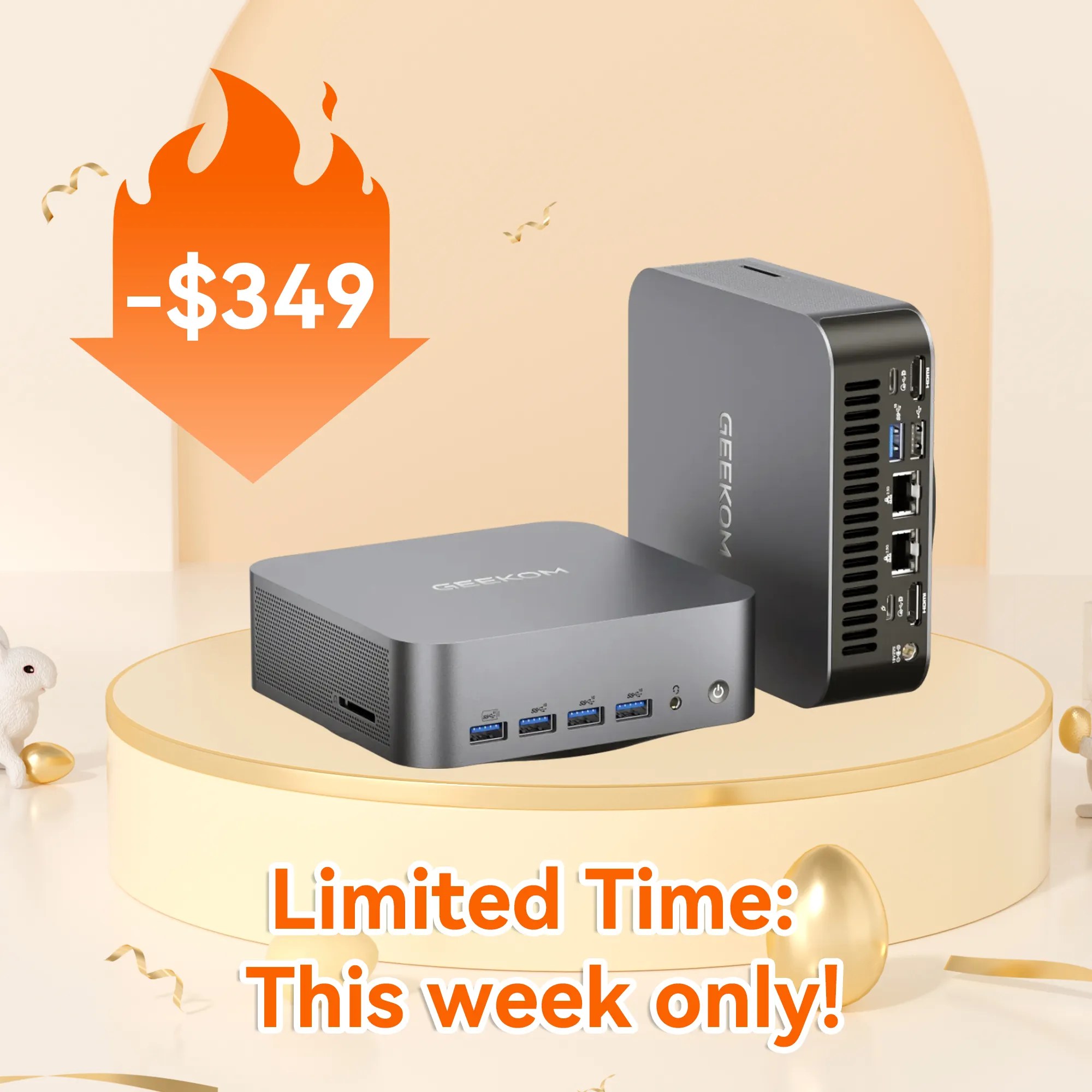


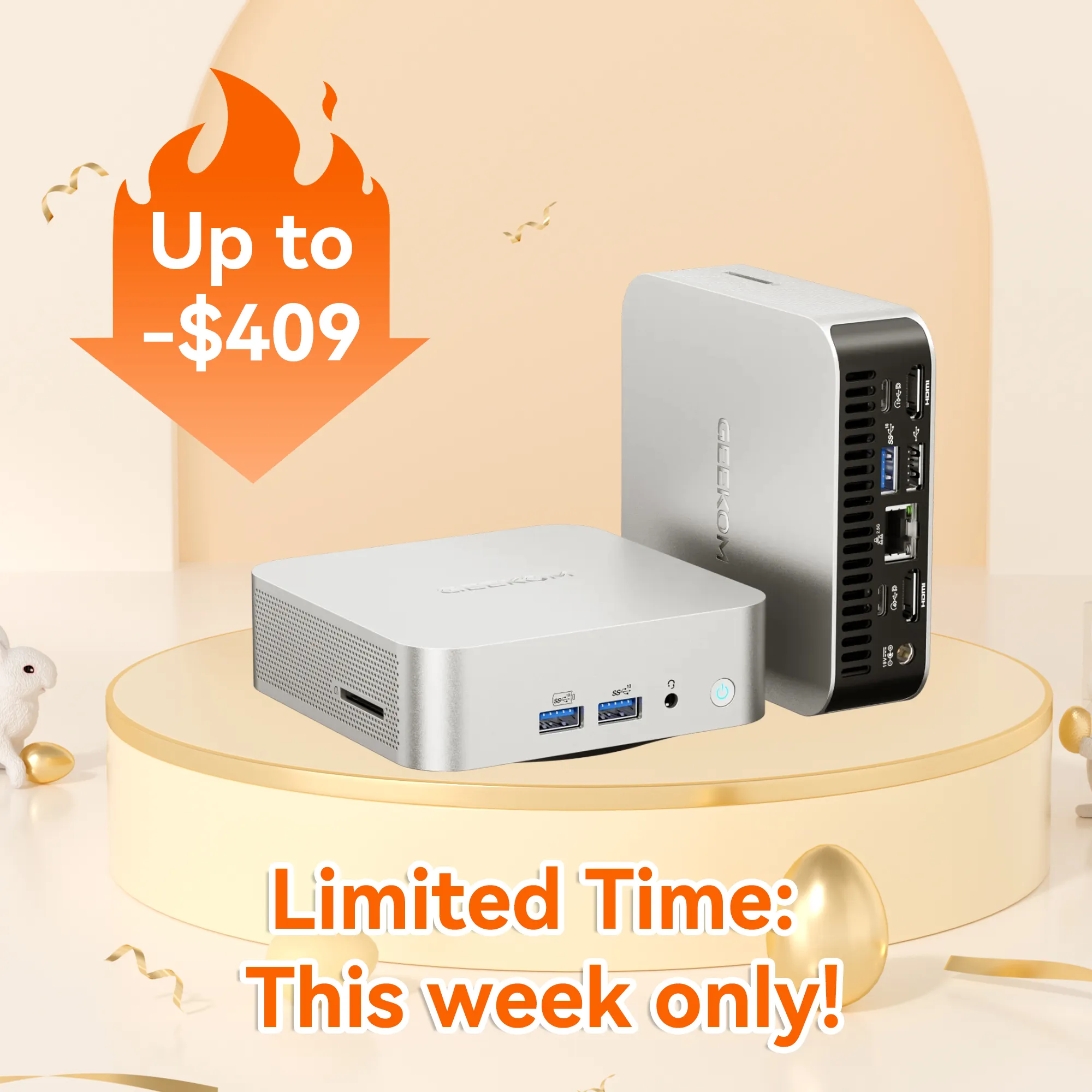
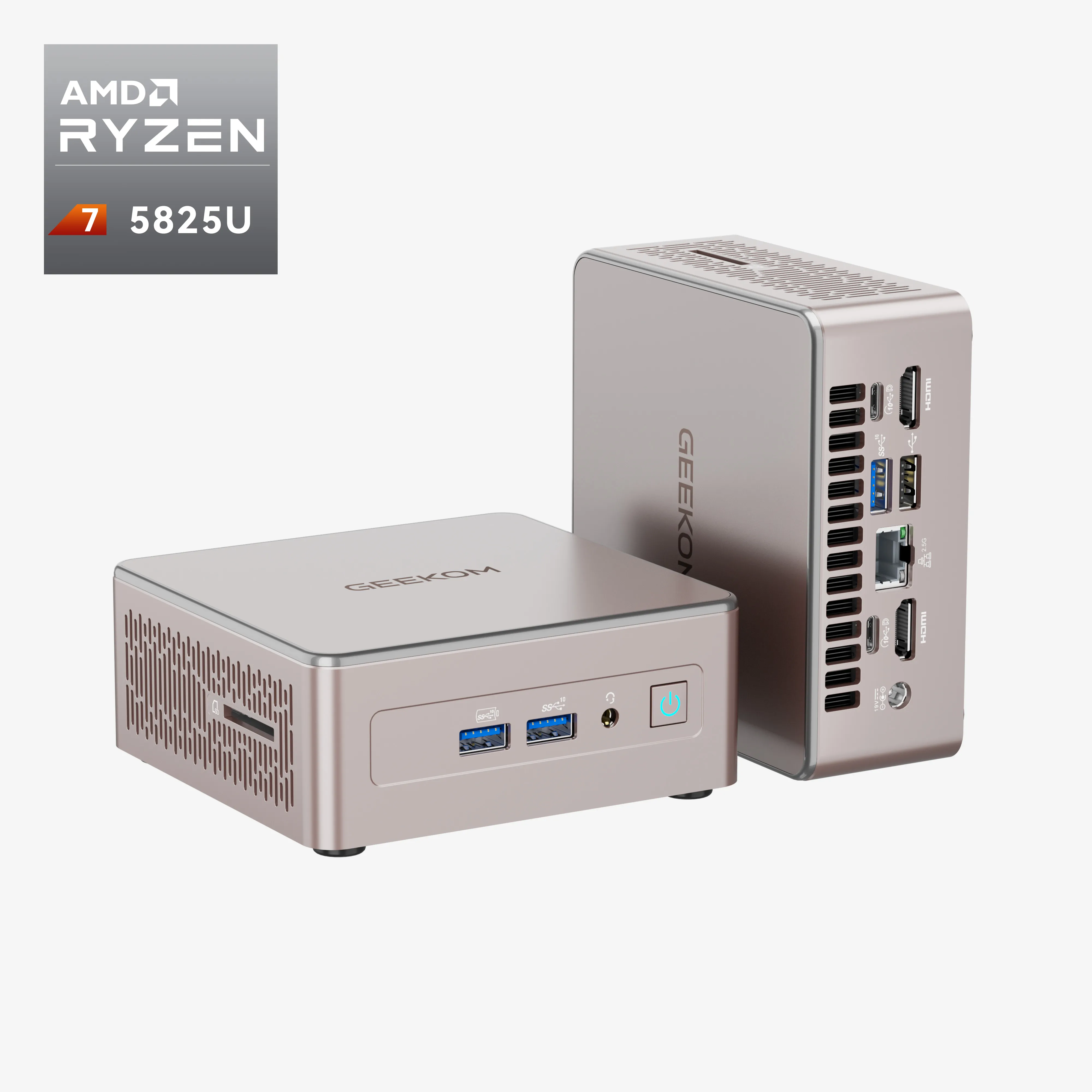




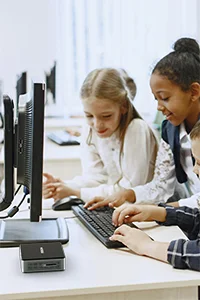
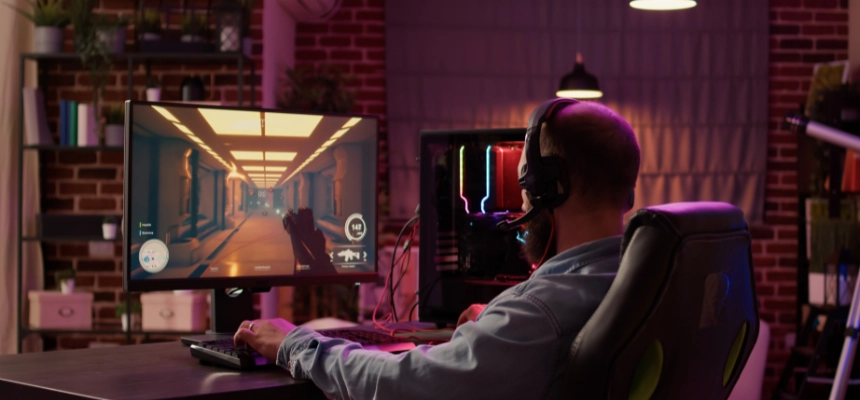

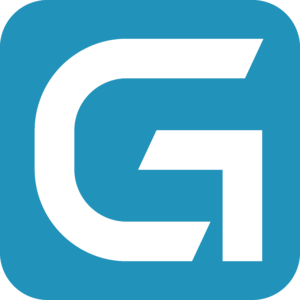

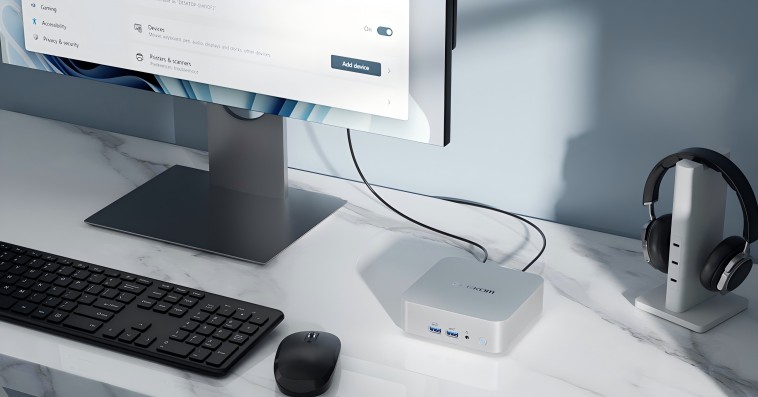
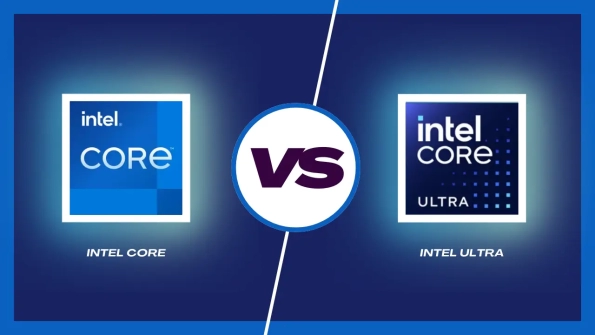
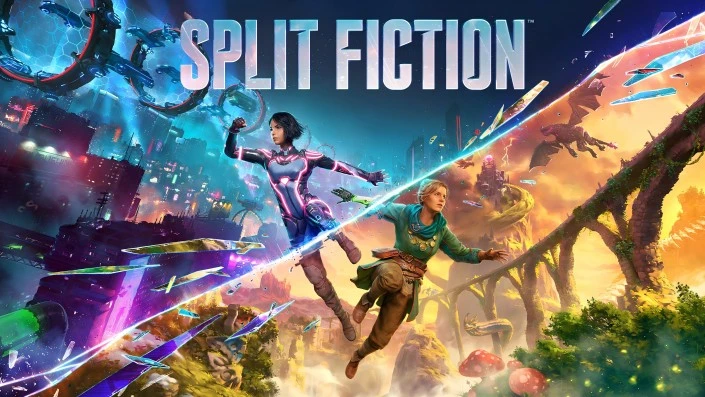


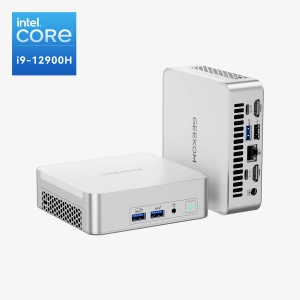
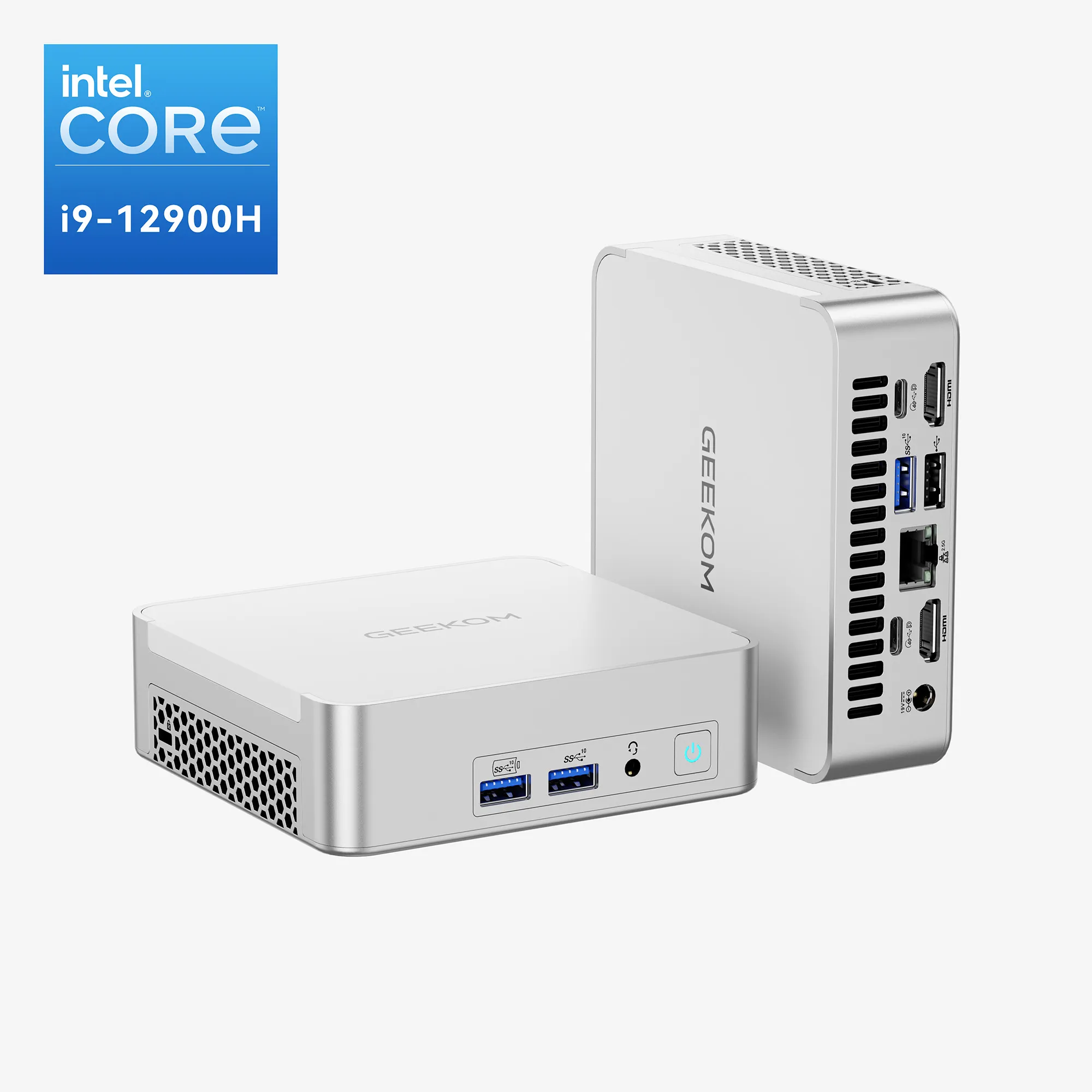
Comments (1)
With a 200hz screen and 4060 gpu, the a8 I’ve bought could reach a 200fps in valorant! It is even bettre than desktop because I also traval a lot